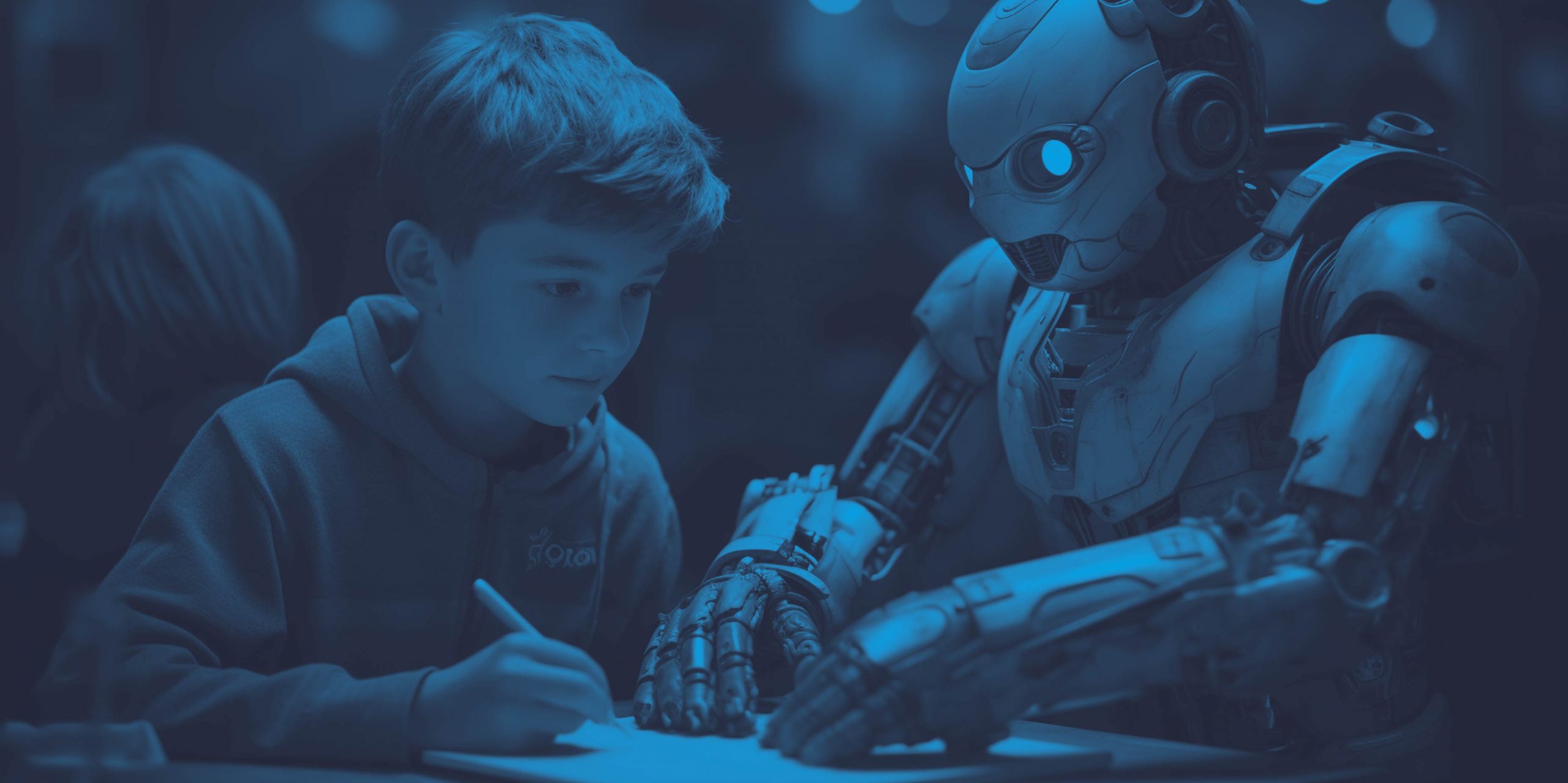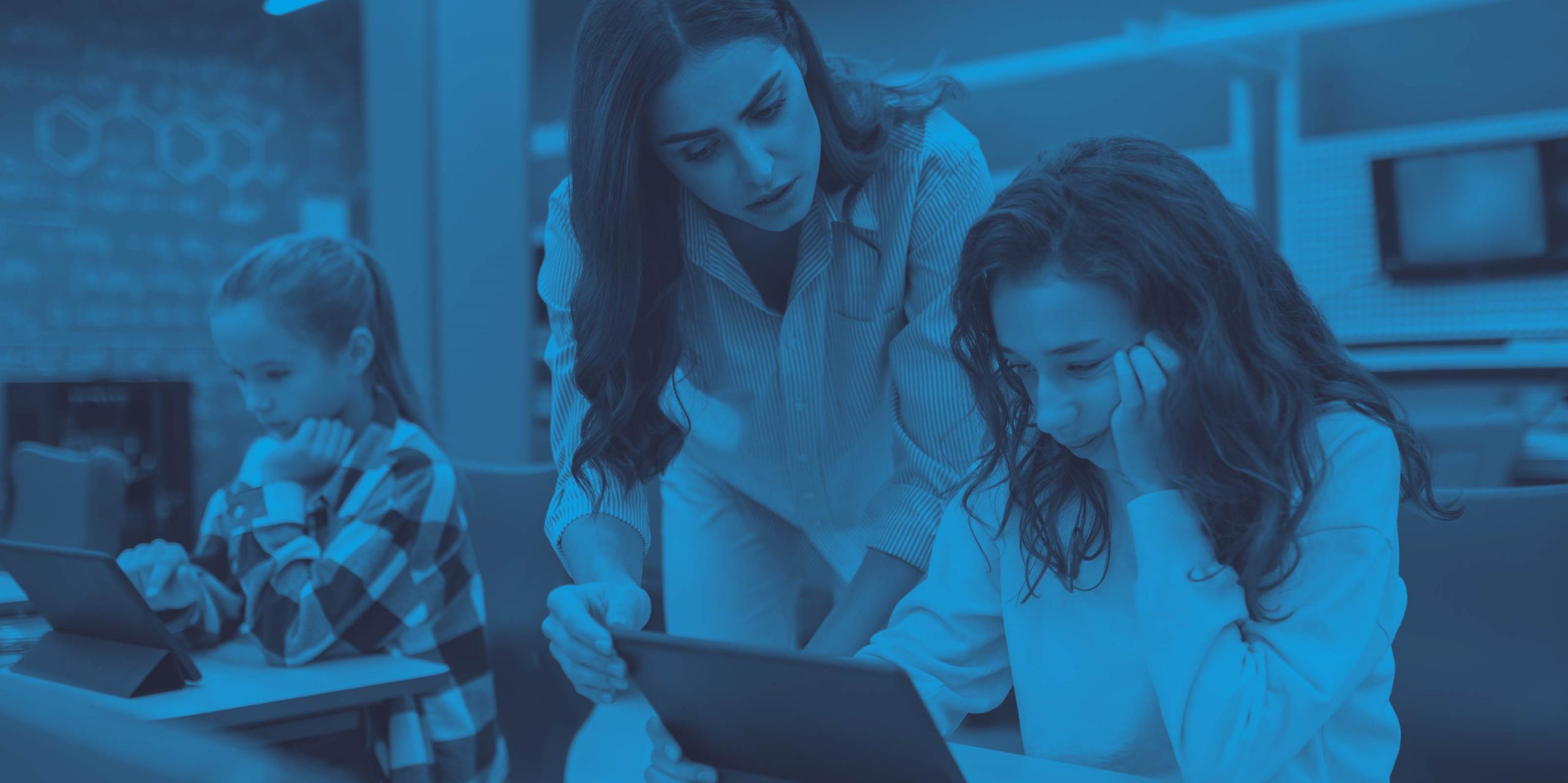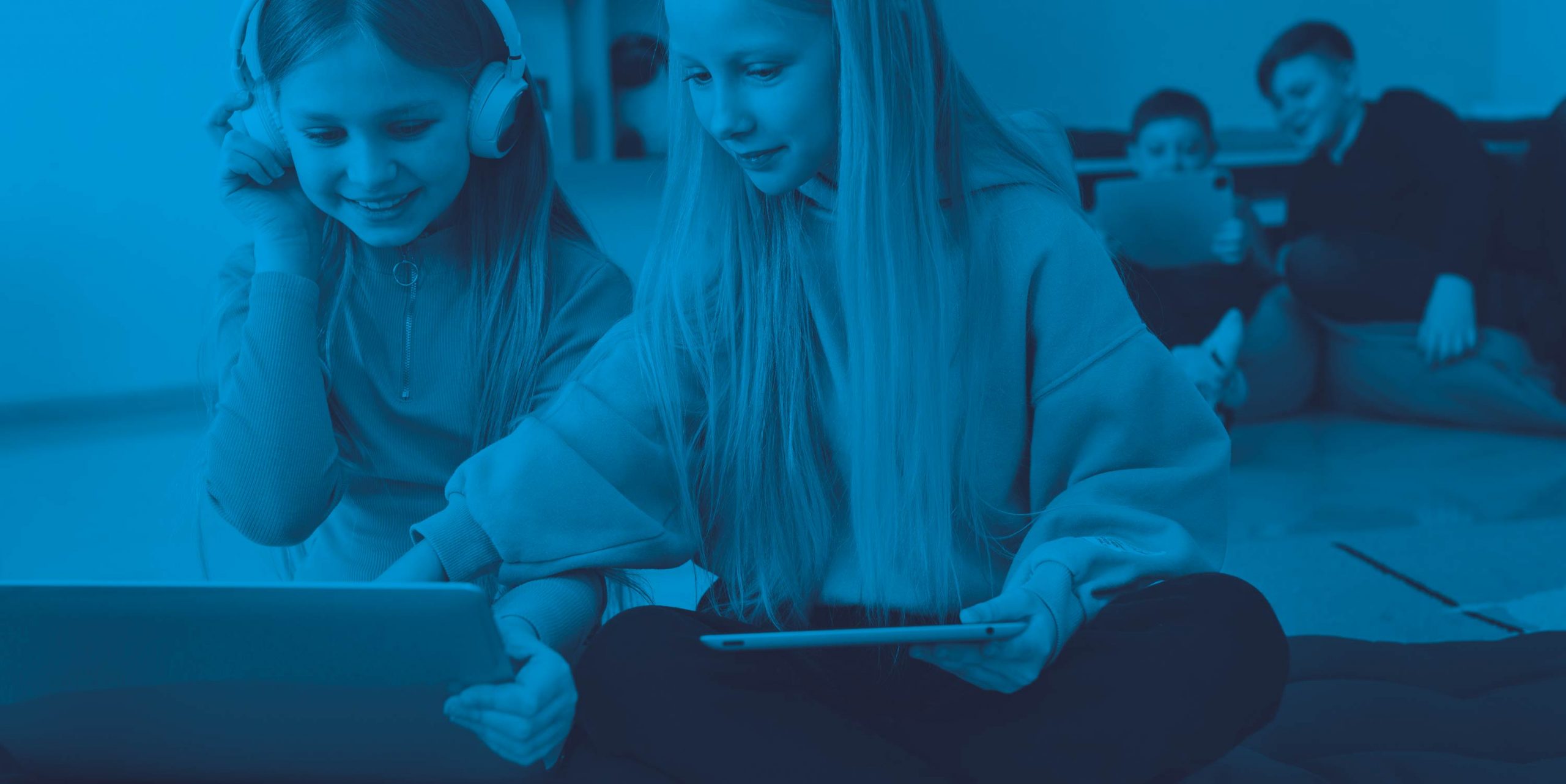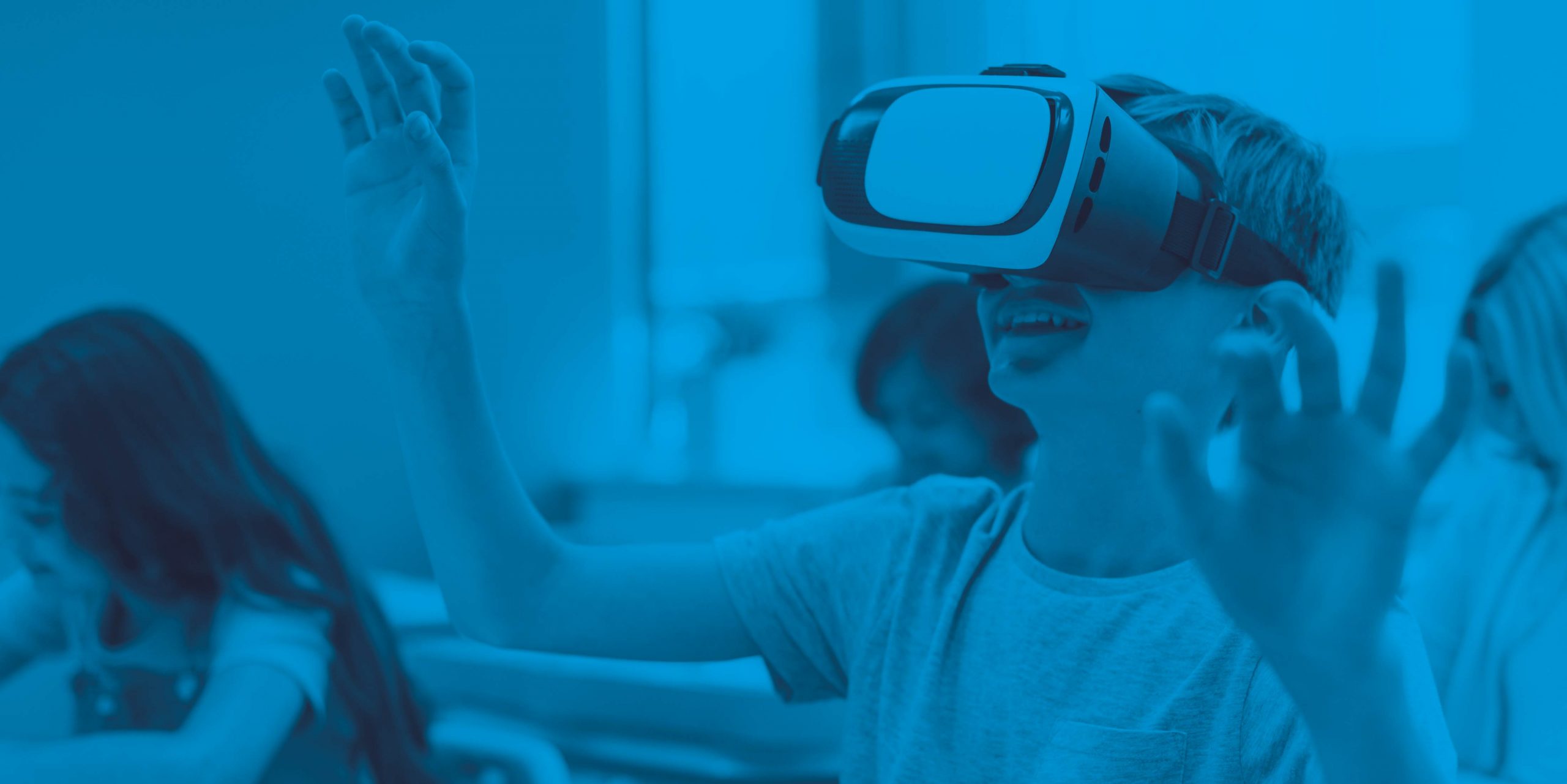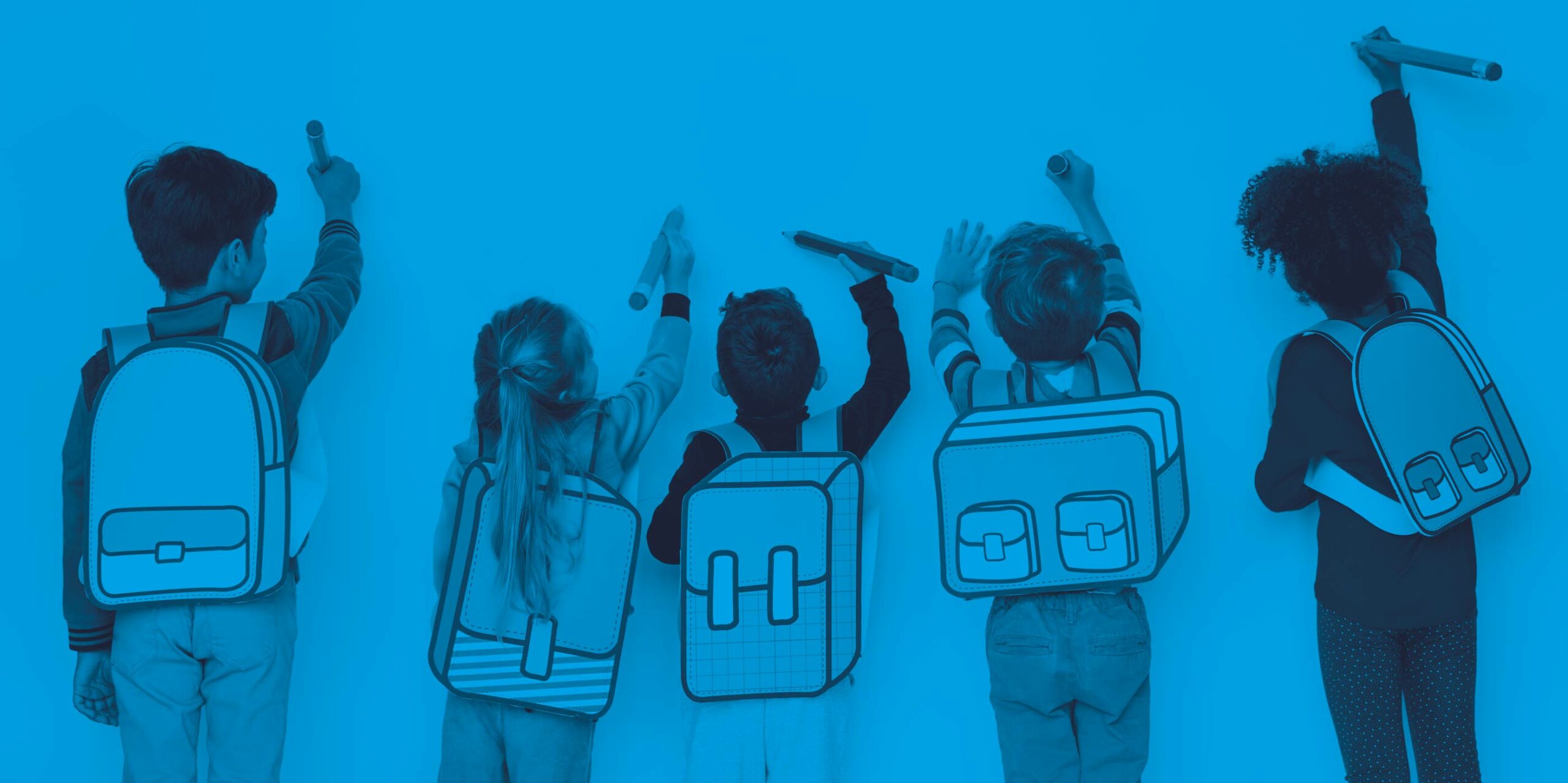In this article, we summarise the contributions of Carmen Alba Pastor, PhD in Education, in her interview for the Diàlegs magazine Inclusion and human progress, on the contribution of Universal Design for Learning to educational inclusion.
The author argues that the 2030 Agenda has pushed us to achieve the construction to practice of inclusive education and that, in this complex journey from inclusive school to inclusive system, the principles of Universal Design for Learning, popularised as UDL, can facilitate attention to student diversity.
According to Alba Pastor, Universal Design for Learning (UDL) is a systemic, organised model; it is not a methodology, a theory, but a model based on the professional experience of a team of researchers linked to a Boston hospital and Harvard University, led by David Rose, at a time when education was being transformed: it was the moment the “No Child Left Behind Act” (NCLB) was passed (2001). They showed that when curricular adaptations are made, students with learning difficulties do learn; this means that there is an error in the approach, it is not that they cannot learn, it is that what the school provides them with does not respond to their abilities. They said: children come to us from schools for us to make adaptations because these children do not learn, but when we make curricular adaptations, they do; ergo, there is an error in the approach; it is not that children cannot learn, it is that what the school provides them with does not respond to their abilities.
At that time, another movement in architecture was also born in the United States: Universal Design, promoted by the architect Ron Mace. He suffered a motor disability and had personal experience finding barriers in some contexts but not others. So his disabilities did not depend only on his characteristics or abilities but on his interaction with those contexts.
This idea of universal design stroke a chord and connected with the concern of the CAST (Centre for Applied Special Technology) team, with David Frost and Anne Meyer, among others. They understood that this same formulation would be valid for education: i.e., part of the barriers students face in learning is not due to their characteristics but because teachers do not provide them with the right context, resources, materials, or activities, that made it possible for them to learn.
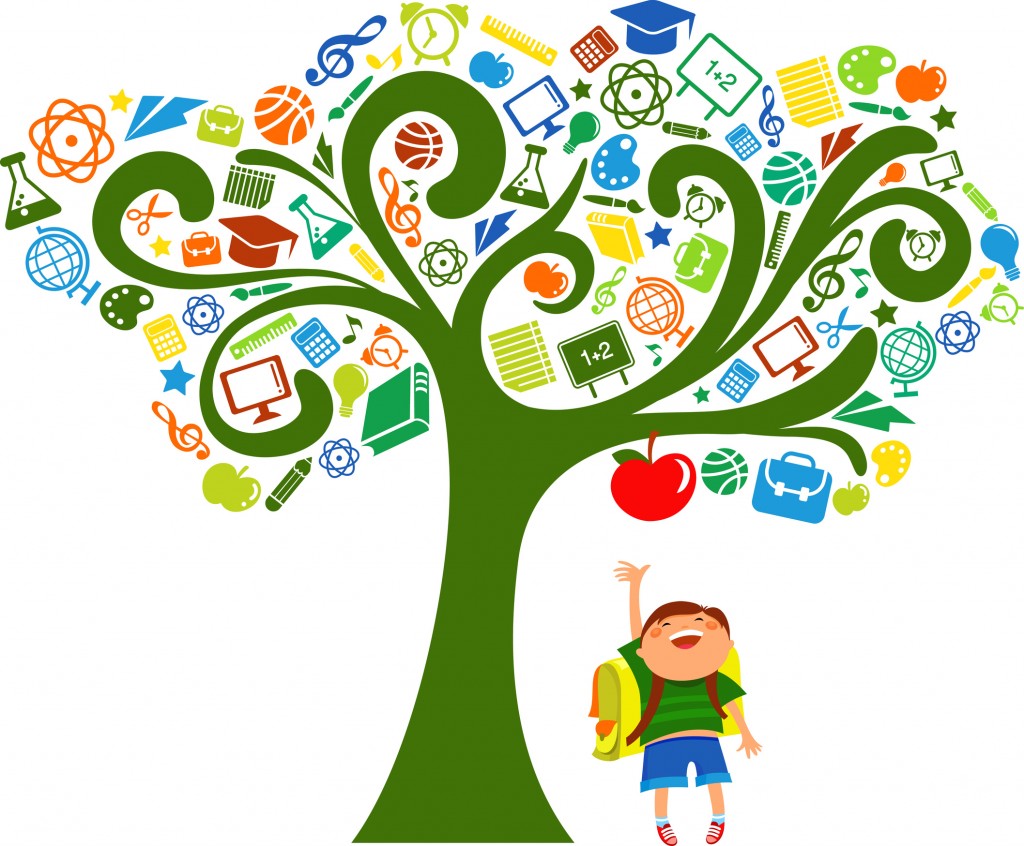
Part of the barriers that learners encounter are because we do not provide the relevant resources or the right context
We don’t have as in architecture, escalators, or as in technology, screen readers; but we have the curriculum, and we can make decisions for teaching being accessible and students be able to learn. Based on a review of the scientific knowledge on teaching, a model is created taking three factors as a reference:
- Affective or emotional factors (affective networks),
- The informational component, the knowledge has contents and information to be elaborated,
- The strategic component, the actions that learners do to relate themselves to the information and, thus, construct learning.
It is therefore a didactic model: fit leads toward practice at the level of educational intervention, organisation, etc. There is no prior theory they want to demonstrate, instead, they start from what teachers do, which is the key element of the process. This is one of the great values of Universal Design for Learning: it gives visibility to knowledge derived from educational practice.
One of the great values of universal design for learning is that it gives visibility to knowledge derived from educational practice
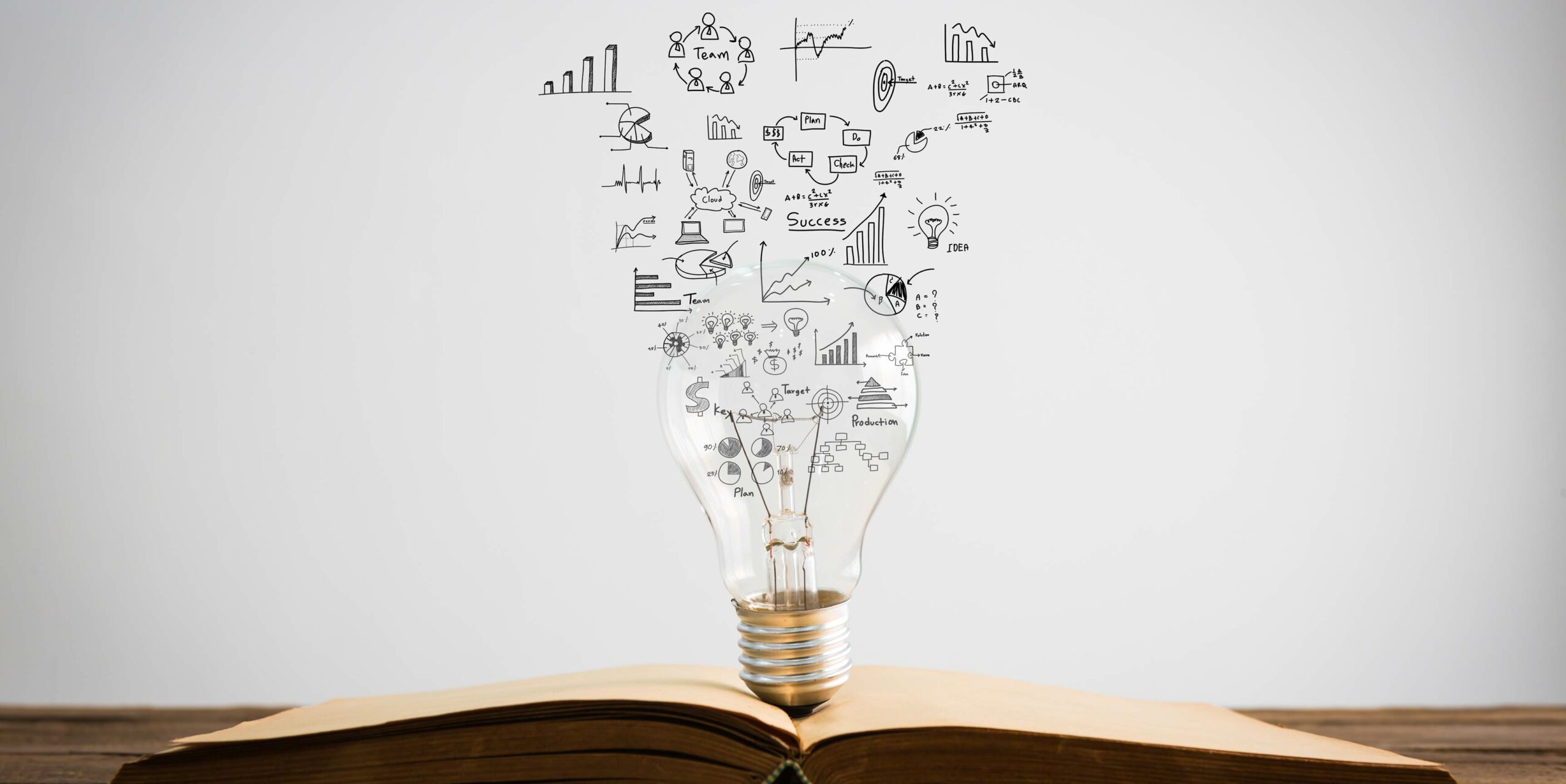
Neuroscience and UDL applied to the teaching and learning process
Advances in neuroscience, especially those based on diagnostic imaging, have contributed to a better understanding of what goes on within our black box, which is the brain. In a way, neuroscience informs and gives us clues about the uniqueness of the learning process, i.e., the role of the different neural networks in learning and the effect that other tasks have on the brain. In other words, neuroscience provides us with information for our teaching decisions to be based on.
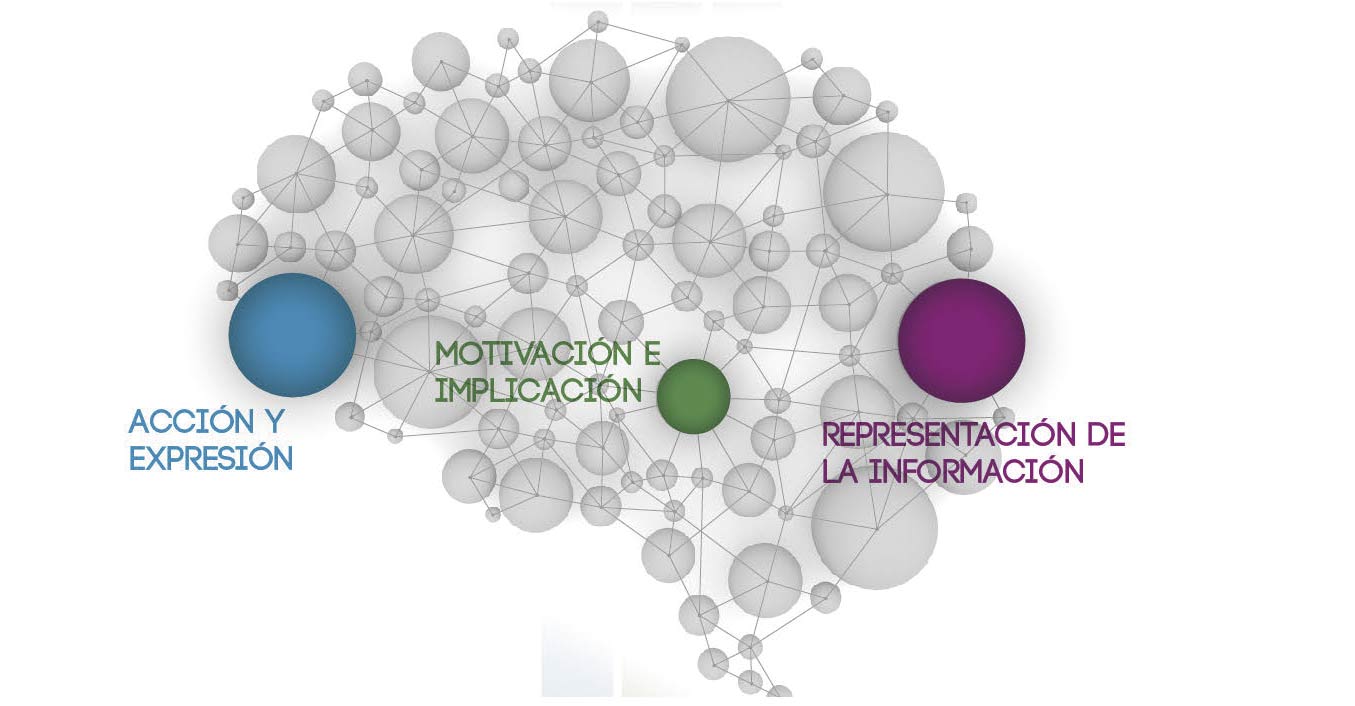
Advances in neuroscience have contributed to a better understanding of what goes on within our black box, which is the brain
Neuroscience has helped us to better understand the learning process and this Alba Pastor believes that is one of its great values. It has allowed them to use neuroscience models to create the UDL model; hence, all the information is organised around three neural networks. UDL is based on the role of these neural networks in learning processes, which, although they intervene jointly, are viewed separately in their approach.
UDL and innovation
For Carmen Alba, the UDL is not something closed; it is not the very same thing ever: no, it is a structure, a scheme of thought where we can incorporate these methodologies, but in a meaningful way. First, we must lay the goal: what learning my students need in this subject or what learning will be this year. And from there, to integrate the innovations. The important thing is that the UDL gives you that framework to better understand the process. DUA does not say what you have to do: it gives you the keys to think about when planning an educational action, teaching, school or teacher coordination, curricular measures, and curricular adaptation measures. In short, learning, students, and their context, are the key for to planning the school’s curriculum and the organisation. That is where universal design comes in to facilitate this process.
Implement the UDL model
The DUA, says Carmen Alba, it is a global and systematic model based on scientific evidence and educational practice: it recognises the developed knowledge achieved by teachers and their experience, and the UDL regulates it. That allows us to have a structure, a framework, and a common language to work as a team.
At the author’s suggestion, it would start by giving a diagnosis: if you don’t know where you are, you don’t see the needs, the shortcomings, or the difficulties, so it will be challenging to make progress. Secondly, a strategic plan, i.e., an improvement plan and the UDL, can be helpful. Use tools to analyse or evaluate the inclusive environment of the centres. In addition, the UDL also speeds the next step: implementing specific measures to change practices. And among them, teacher training Will always be present: we will identify the teachers’ shortcomings to react with the quality required by our students, by all of them: with specific needs, with special needs, because they are simply our students.
All of this requires, concludes, another of the significant issues in education: we must evaluate and follow up from time to time. Us teachers cannot continue to work in isolation, but we need to understand that all our work has to be based on coordination and we have to have it frequently. And in all this work, the UDL is a didactic approach to inclusive education and a framework for advancing practice in classrooms and schools in a shared way.
We teachers have to understand that all our work has to be based on coordination and we have to have it frequently
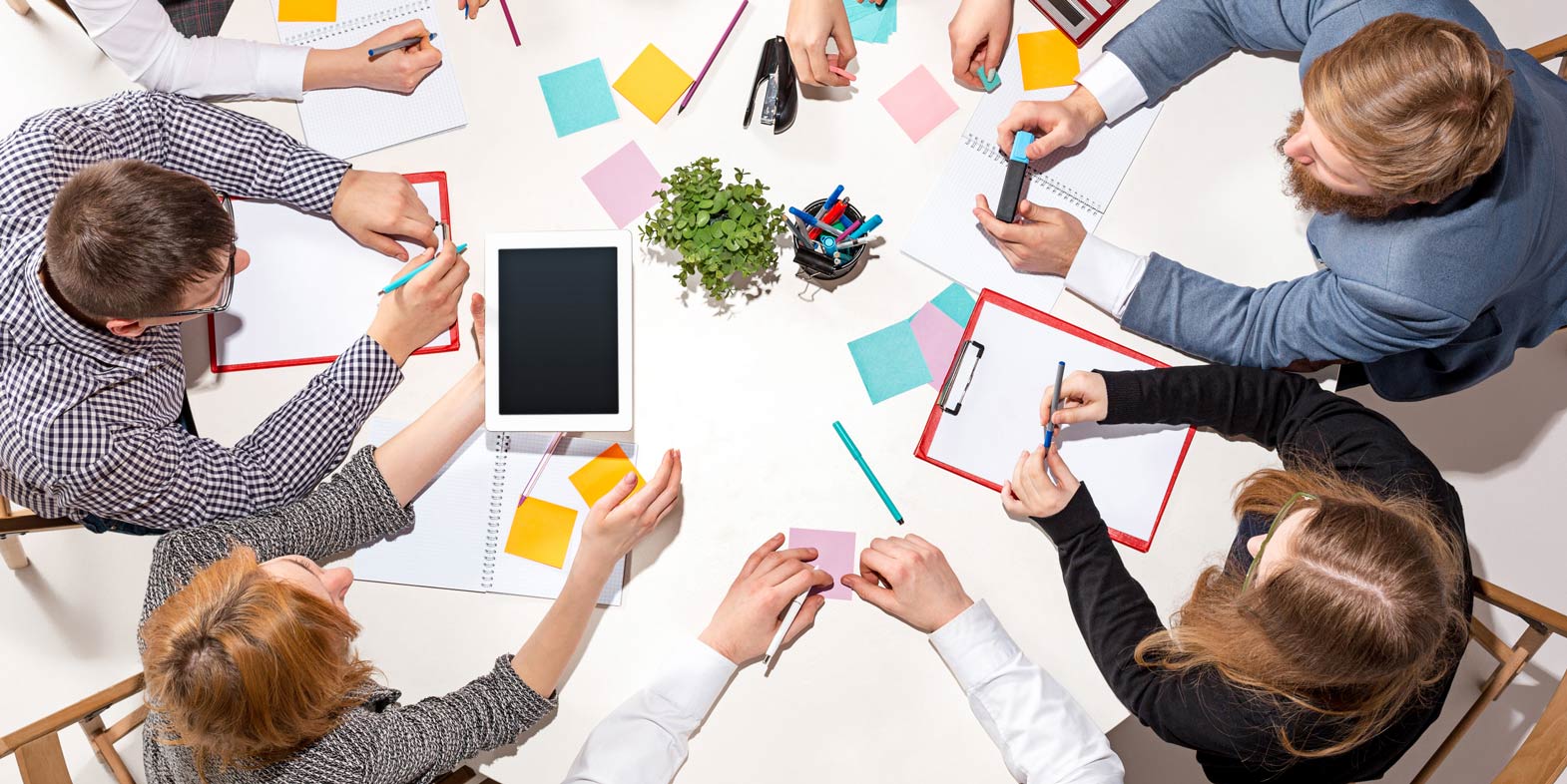
Read the full interview with Carmen Alba in Diàlegs Inclusion and human progress.

